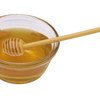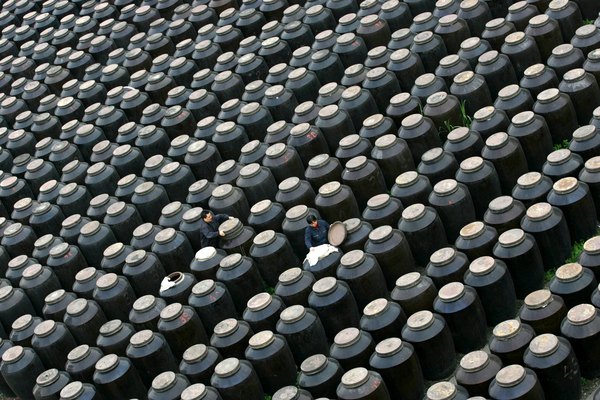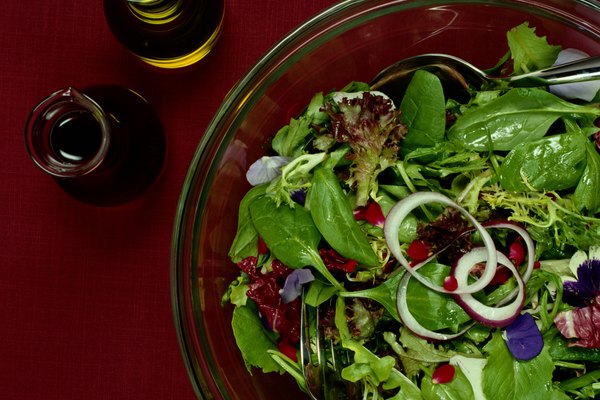Aceto balsamico tradizionale, better known as balsamic vinegar, originated over a thousand years ago in Emilia-Romagna, a region in Northern Italy. Authentic balsamic vinegar requires a lengthy aging process. The precious potion was unavailable to the mass market until the 1980s when makers developed a quicker method of producing it. Once an expensive gourmet treat, balsamic vinegar is now an affordable condiment sold at most grocery stores.
Like other vinegars, the balsamic variety is not only tasty, but provides many health and medicinal benefits.
History of Vinegar
Evidence suggests that the Babylonians were the first to make vinegar from fruits in 5,000 BC. Ancient civilizations in China and Egypt used vinegar as a preservative as well as a flavoring. Greeks used cider vinegar to treat respiratory illnesses. The Bible mentions its use as a medicinal tonic. Through the ages, other cultures prized vinegar for its astringent and disinfectant properties. Today, vinegar is commonly used in cooking as a preservative and as seasoning. Many people still use vinegar as a natural household cleanser, beauty aid and health enhancer.
The Process of Making Balsamic Vinegar
Rich, brown balsamic vinegar comes from grapes harvested late in the season. After crushing the grapes, the juice, or "must," is simmered slowly over an open fire. The cooking process evaporates most of the water from the juice, leaving a thick, sweet syrup that is poured into a keg or barrel. Airborne yeasts entering vents in the containers begin the natural process of fermentation, which transforms sugar into alcohol. Bacteria acting on the alcohol turns it into acetic acid. The liquid is poured into smaller wooden containers where it ages for a minimum of 12 years to become balsamic vinegar.
Nutritional Benefits of Balsamic Vinegar
Balsamic vinegar retains many of the nutritional benefits of the grapes from which it is made. Rich in minerals, balsamic vinegar contains 7 percent of the recommended daily requirement of calcium, 10 percent iron, 8 percent magnesium, 5 percent phosphorus, 8 percent potassium and 17 percent manganese. Balsamic vinegar is also good for the heart and circulatory system--it is low in sodium, very low in saturated fat and has no cholesterol. Balsamic vinegar contains polyphenols, which are known anti-cancer agents.
Other Health Benefits of Vinegar
Vinegar is a natural disinfectant. It is one of the few agents that will kill toxic mold. Vinegar also kills bacteria and other germs; it helps to restore the natural "ph," or acidity, of the human body. Vinegar has been used to treat digestive problems and to reduce acne. Vinegar is commonly used as a vaginal douche and a restorative hair product.
Considerations
Balsamic vinegar is a flavorful and healthy complement to salads and vegetables. The majority of the 224 calories in a typical serving of balsamic vinegar comes from sugars. This should be taken into consideration when planning meals for diabetics.
References
Writer Bio
Rae Casto began writing professionally in 1982. She writes on a variety of topics including health, nutrition, art and culture for various websites. Casto holds a Bachelor of Arts in psychology and art from Guilford College and a Master of Public Administration in health administration from the University of North Carolina at Pembroke.
Image Credit
Charlie Crowhurst/Getty Images Sport/Getty Images









